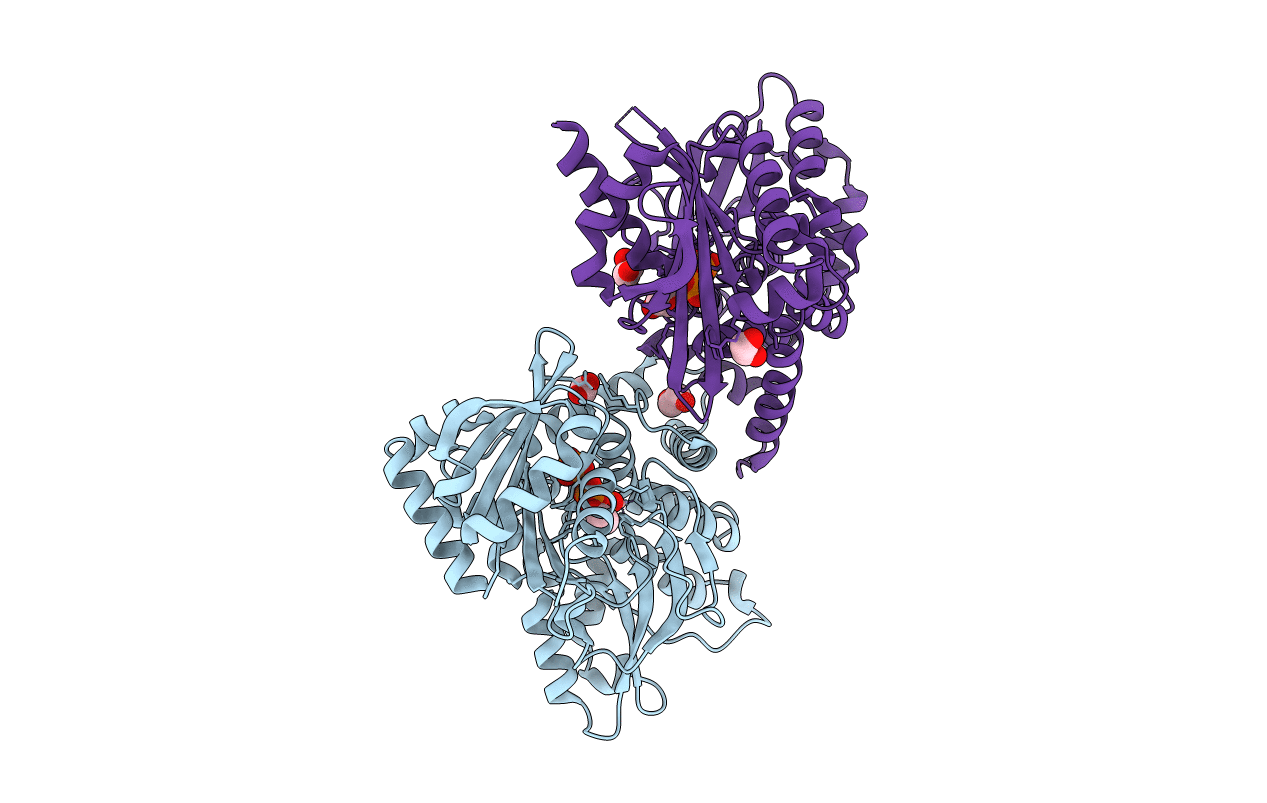
Deposition Date
2007-06-16
Release Date
2007-12-11
Last Version Date
2023-08-30
Entry Detail
PDB ID:
2QB7
Keywords:
Title:
Saccharomyces cerevisiae cytosolic exopolyphosphatase, phosphate complex
Biological Source:
Source Organism:
Saccharomyces cerevisiae (Taxon ID: 4932)
Host Organism:
Method Details:
Experimental Method:
Resolution:
1.60 Å
R-Value Free:
0.20
R-Value Work:
0.17
R-Value Observed:
0.17
Space Group:
P 21 21 21


